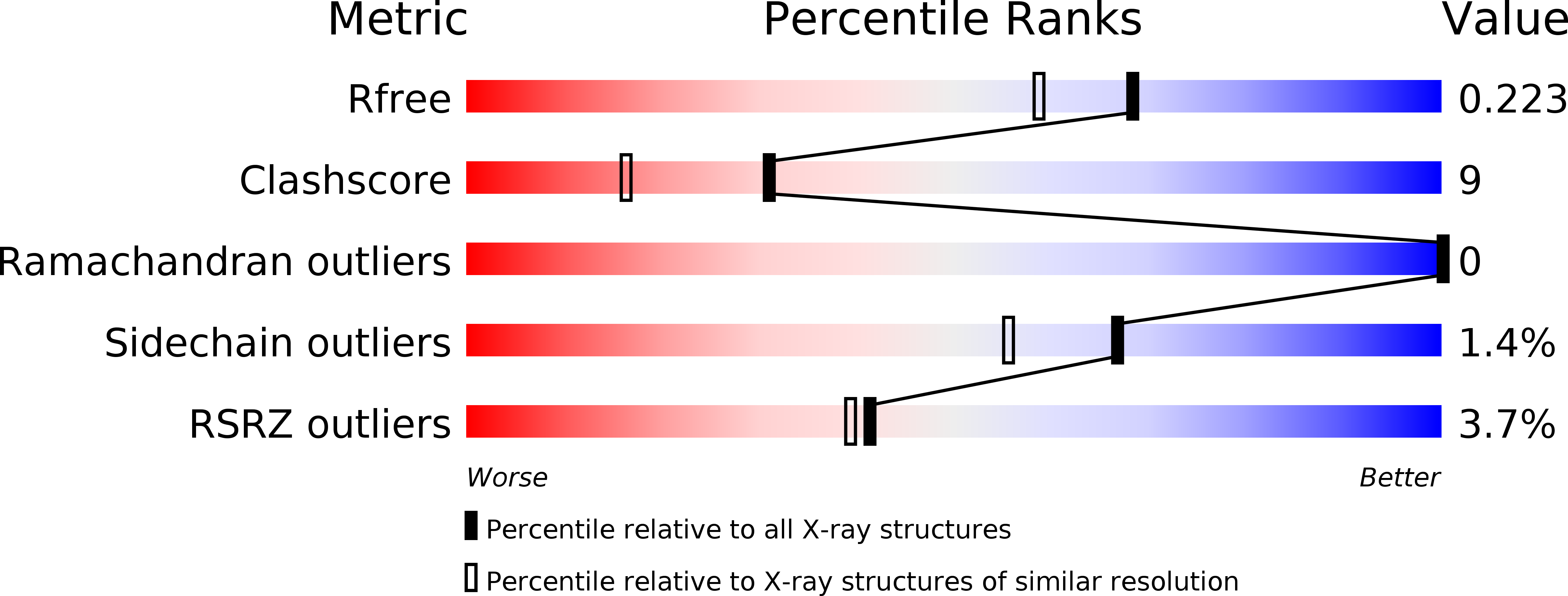
Deposition Date
2013-03-05
Release Date
2013-03-20
Last Version Date
2023-09-20
Entry Detail
PDB ID:
4JHG
Keywords:
Title:
Crystal Structure of Medicago truncatula Nodulin 13 (MtN13) in complex with trans-zeatin
Biological Source:
Source Organism:
Medicago truncatula (Taxon ID: 3880)
Host Organism:
Method Details:
Experimental Method:
Resolution:
1.85 Å
R-Value Free:
0.21
R-Value Work:
0.18
R-Value Observed:
0.18
Space Group:
P 62 2 2


